Historical evolution:
In 1350 climbed the rock a bold ascetic figure , the ancoret Varlaam, from whom the monastery took its name. He built three temples, a small cell and a water tank. After his death the rock remains for 200 years almost deserted until 1517/1518 where the two builders of the monastery climbed, the brothres Hieromonks Theophanes and Nektarios the Apsarades, who were rich kids from Ioannina. They found Barlaam’s rock completely deserted – such as a plot of land- that is why they start from scratch to create the first buildings. They renovate the chapel of the Three Hierarchs and erect the tower. They (1541/1542) also build the central church of the monastery (Catholic), which is commemorated in memory of All Saints. The transport of materials took 22 years and construction only 20 days. Until the 16th century The presence of the monks is continuous. From the beginning of the 17th century onwards, remained few monks
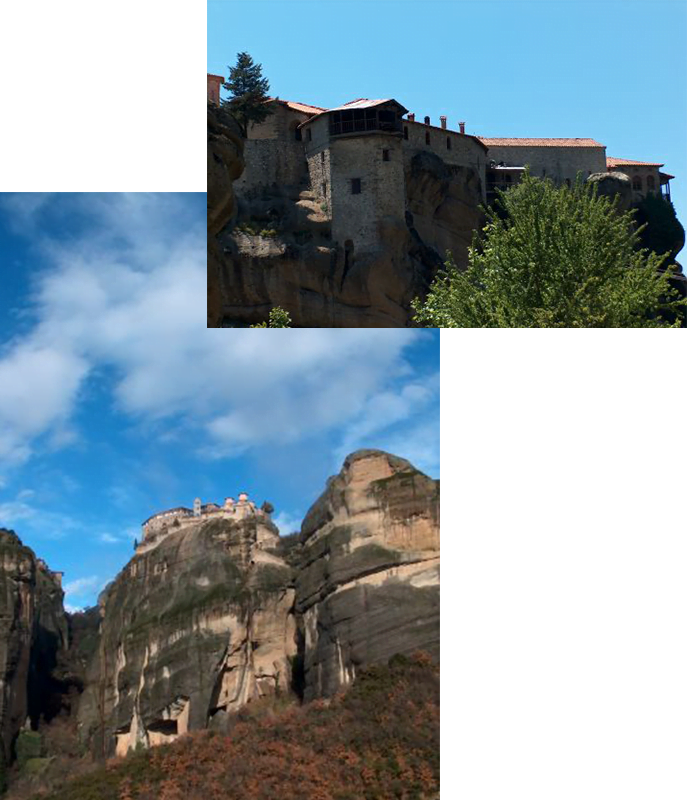
Access to the Rock:
From 1350 onwards the ascent to the monastery was made by wooden stairs , that had 25 about steps each. From the north side of the monastery they hung with stakes from the rock and creating a gap between them. The monks were forced to they jump from one ladder to another at the risk of many times even losing their lives.This difficulty existed due to the peculiarity and morphology of the rocks. There were about 4 to 5 stairs with a maximum number of 95 steps. In 1517/1518 the builders who built the tower of the monastery climbed up. Afterwards the monks and the materials were pulled up with a manual rope (net). From the beginning of the 19th century, carved stairs were created in the rock with an intermediate bridge Which received many conversions . Today the lifting of things is done by electricity.
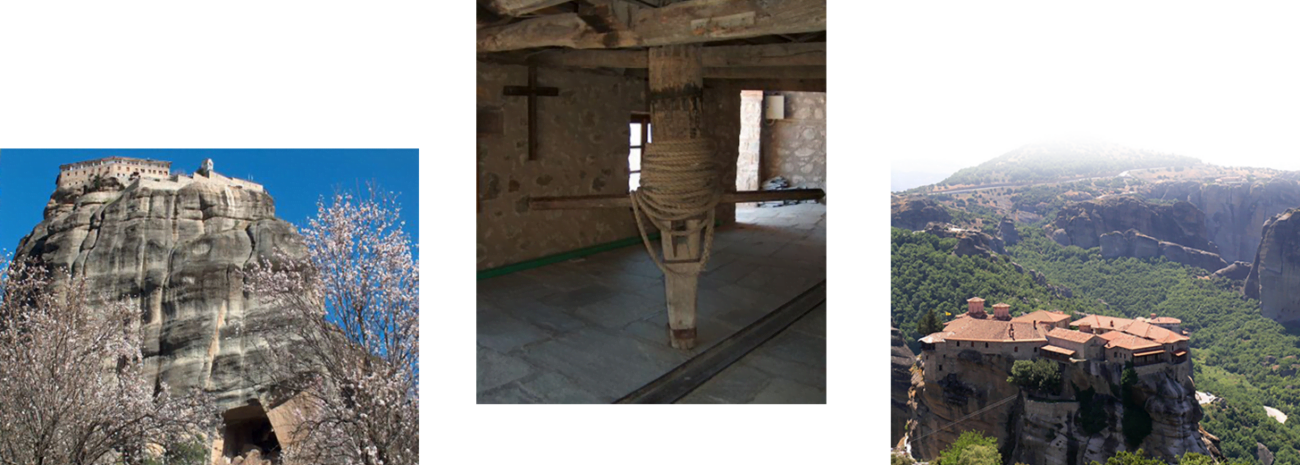
Number of monks from the old days:
During the time of the holy builders, Theophanes and Nektarios, and throughout its duration In the 16th century, about 35 monks lived in the monastery. From the 17th century onwards begins the decline and lasts until 1961. Then the monastic brotherhood climbed the rock with abbot the metropolitan of Piraeus Kallinikos. With him were the Metropolitan of Kitros and Katerinis Agathonikos, the Archbishop of Athens and All Greece Christodoulos and the later abbot of the Archimandrite Isidoros Tsiatas monastery. Today in the Monastery 7 monks live and the Abbot is Archimandrite Benediktos Zacharakis.
Main Murals, manuscripts and Vault:
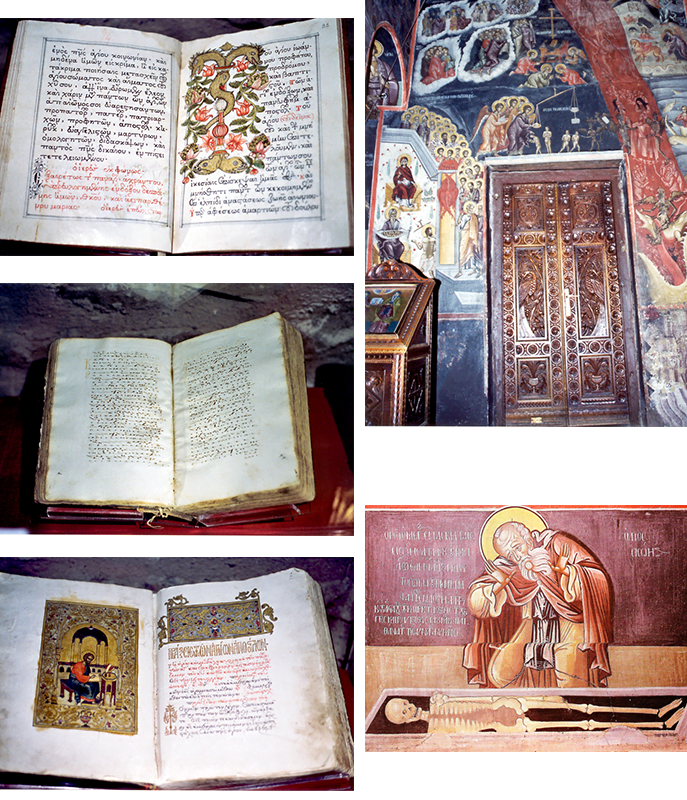
In the narthex stand out the representations of the Lord “in glory”, the coming judgment and the builders Theophanes and Nektarios. In the main church are characteristic he mural depictions of Platytera, the Liturgy of the Angels, the Crucified One, the Pantocrator in the dome and the scene from the life, passions and action of Christ. The Holy Monastery of Varlaam has a rich and remarkable collection of manuscripts, which are close to 300. Some of them are exhibited in the monastery’s sacristy and the rest are in special places for preservation and protection. Many ecclesiastical relics are also displayed in the monastery’s sacristy, such as: post-Byzantine portable icons, gold-embroidered robes and epitaphs, various items small arts and silversmithing. Among portable images, particularly artisticof value is the Theotokos Brefokratoussa, a work of 1668 by the Cretan painter.
However, apart from its artistic value, the impressive gold-embroidered epitaph, a work of 1609, is of particular importance. We must say here that in the 16th century, an organized Arsenio goldsmith’s shop operated in I. Moni. or a gold embroidery workshop led by a monk Many works, mainly epitaphs, found in several Greek monasteries have been made here. The exhibit of the large wooden barrel is also impressive. When the builders went up to the rock there was no water at all. To build a tank required a lot of work over many years. So, the monks built this big barrel, in which they collected the rainwater. The barrel has a capacity of 12 tons and the water was used for drinking, for irrigation and for their construction work




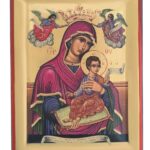 ICONS OF THE VIRGIN MARY
ICONS OF THE VIRGIN MARY ICONS OF JESUS CHRIST
ICONS OF JESUS CHRIST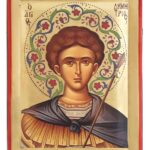 ICONS OF SAINTS
ICONS OF SAINTS ICONS OF ANGELS
ICONS OF ANGELS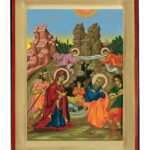 ICONS OF SYNTHESIS
ICONS OF SYNTHESIS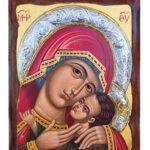 ICONS WITH METAL HALO
ICONS WITH METAL HALO ICON BOOK
ICON BOOK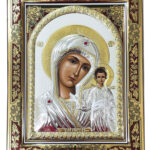 SILVER ICONS
SILVER ICONS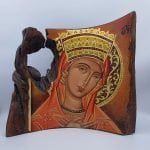 UNIQUE CREATIONS
UNIQUE CREATIONS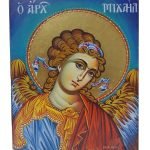 HAND PAINTED
HAND PAINTED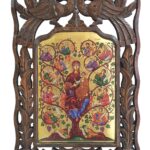 HANDMADE WOOD CARVING
HANDMADE WOOD CARVING WOODS
WOODS CANVAS
CANVAS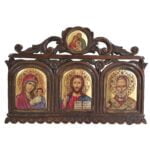 WOOD CARVING
WOOD CARVING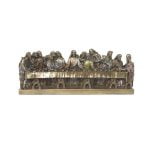 RELIGIOUS STATUES
RELIGIOUS STATUES BRACELET
BRACELET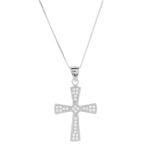 NECKLACE
NECKLACE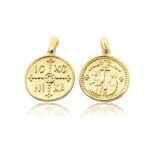 AMULET
AMULET BABY AMULET
BABY AMULET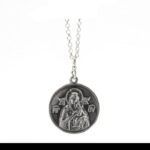 CAR AMULET
CAR AMULET MENS CROSSES
MENS CROSSES


